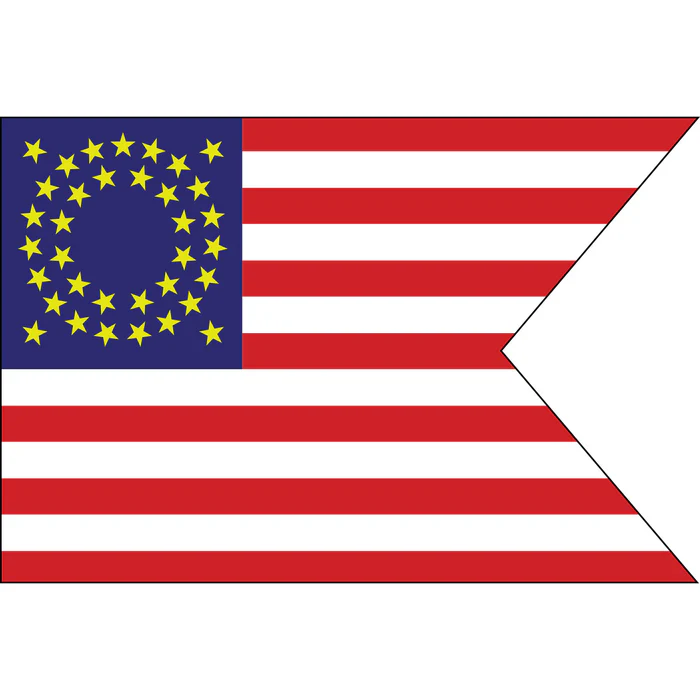
Cavalry Guidon Flag
SIZE: 3'x5' Buy authentic Cavalry Guidon Flags. Our historical flags are unsurpassed in quality and authenticity. This Cavalry Guidon flag is fully printed has 2 brass grommets on the left used for hanging. Made from durable nylon material.